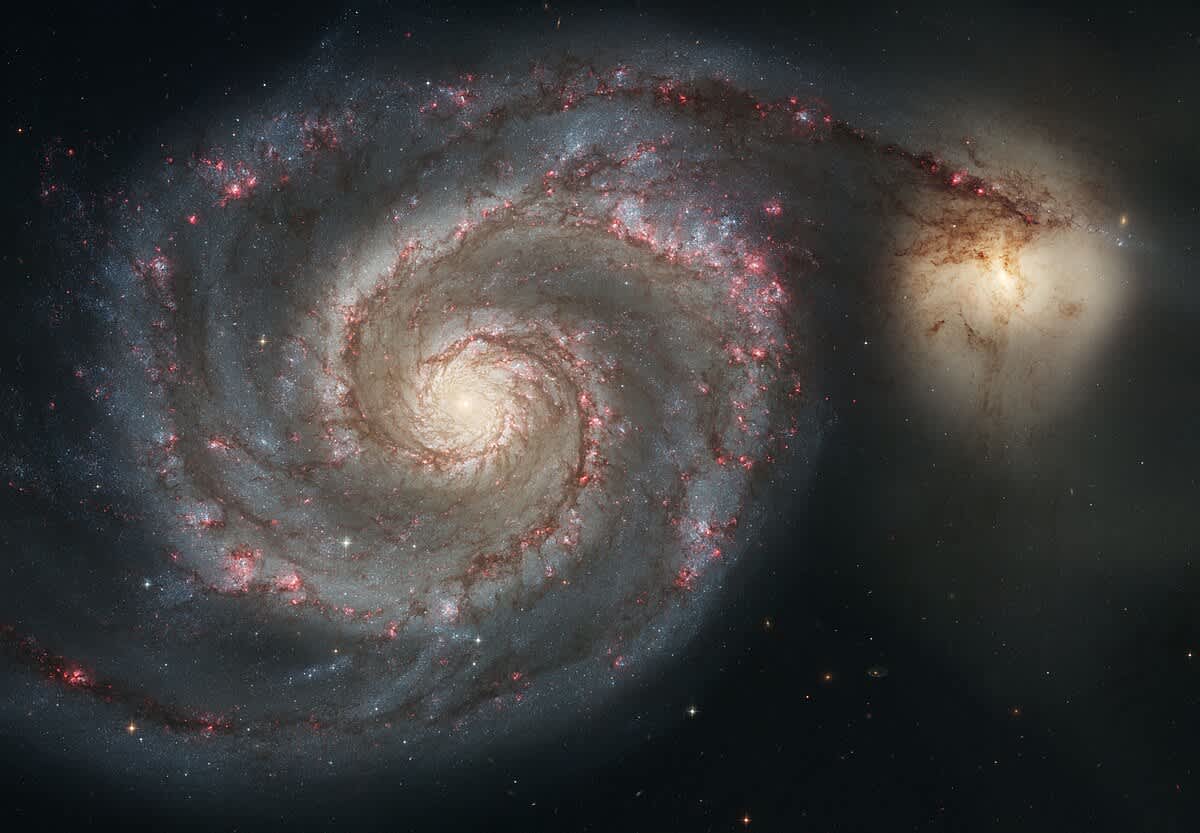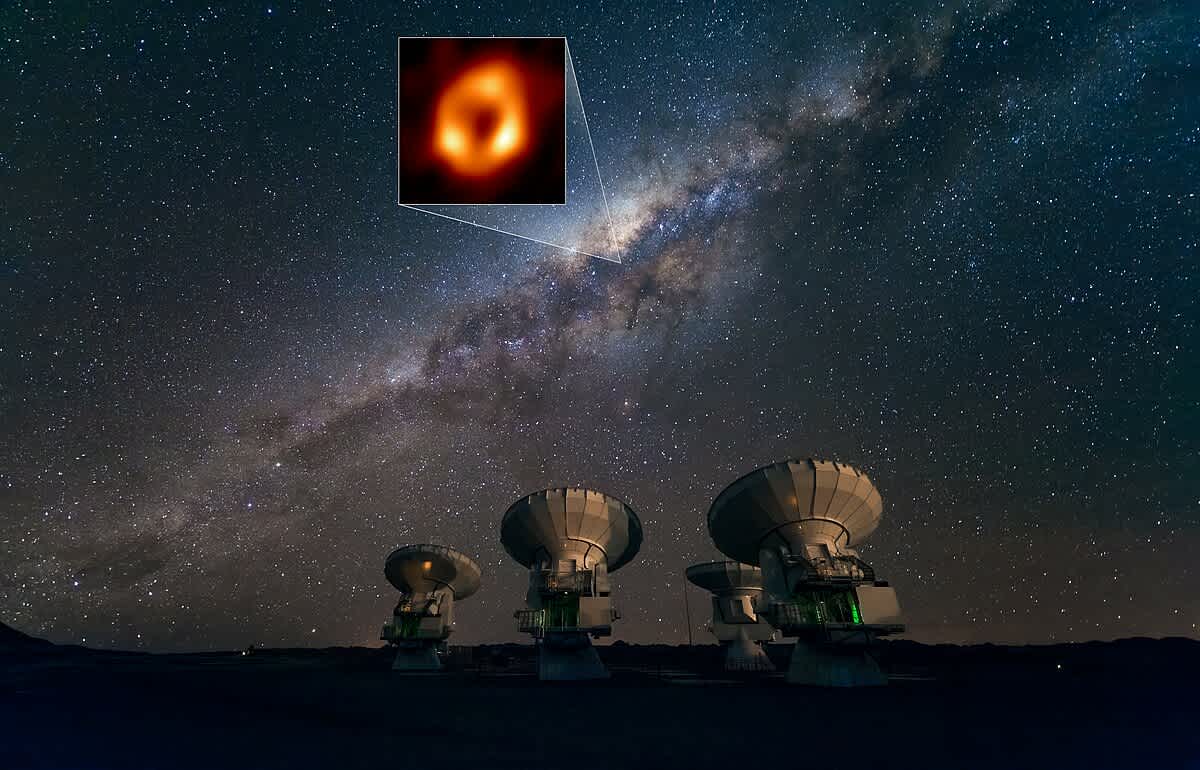Scientists Find Oxygen in The Most Distant Galaxy — Challenging Previous Views on Galaxy Evolution

Oxygen is a crucial element on Earth, as it plays a crucial role in supporting life. Hence, finding traces of it in space sent shockwaves amongst experts worldwide. It was detected in a very distant and old galaxy JADES-GS-z14-0 through the Atacama Large Millimeter/submillimeter Array (ALMA). Findings regarding this detection have been published in the journal Astronomy & Astrophysics. The galaxy is reportedly 13.4 billion light-years away from Earth, making it the most distant known galaxy to date. Researchers were surprised by the discovery because, as per the readings from ALMA, the oxygen traces were present in the faraway galaxy when the Universe was younger than 300 million years old. This period was not considered likely to host heavy elements like oxygen, with conditions prevalent in those times.

Detection through ALMA
ALMA detected a clear oxygen signal from the light of JADES-GS-z14-0, according to Earth.com. The signal's strength was enough for researchers to determine it as real. Through the findings, researchers were also able to understand how far it was from Earth with remarkable accuracy. The margin of error in the expert's readings was just 0.005 percent. ALMA spotted no dust continuum in the area, which implied that the dust-to-stellar mass ratio was below 0.2 percent.
Researchers incorporated insights associated with the line's brightness, which indicated that there was a gas-phase metallicity present in the region, which was one-fifth that of the Sun. Velocity broadening revealed that the ionized gas was moving at a pace of 44 miles per second (70 kilometers per second). It suggests that there is a structure of one billion solar masses in the area, along with a substantial dark matter halo.

Unexpected Finding
Elements heavier than helium, like oxygen, were forged in the cores of the first generation of stars. These elements were released when these stars expired and later joined other new generations. Oxygen being spotted in JADES-GS-z14-0 means that at least two generations of stars lived and died in the galaxy. Considering that the oxygen was detected when the Universe was just 2% of its present age, challenges the assertions made by chemical evolution models. These models claimed that such enrichment did not happen until much later in the Universe's lifetime.
It makes JADES-GS-z14-0 much more chemically mature than what researchers previously believed, according to the European Southern Observatory (ESO). "It is like finding an adolescent where you would only expect babies," said Sander Schouws, a PhD candidate at Leiden Observatory, the Netherlands, and first author of the Dutch-led study. "The results show the galaxy has formed very rapidly and is also maturing rapidly, adding to a growing body of evidence that the formation of galaxies happens much faster than was expected."

New Insights about Galaxy Evolution
Stefano Carniani, of the Scuola Normale Superiore of Pisa, Italy, and lead author, claims that the findings indicate that the first phases of galaxy evolution may not be as primitive as popular models suggested. The presence of oxygen in JADES-GS-z14-0 indicates that there was a mature galaxy, even in the infant universe. Gergö Popping, an ESO astronomer at the European ALMA Regional Centre who did not take part in the examinations, claims that the findings show that galaxies could actually rapidly develop, just after the Big Bang.
The discovery also showcased the importance of incorporating James Webb Space Telescope (JWST) and ALMA findings. "While the galaxy was originally discovered with the James Webb Space Telescope, it took ALMA to confirm and precisely determine its enormous distance," explained Associate Professor Rychard Bouwens, a member of the team at Leiden Observatory. "This shows the amazing synergy between ALMA and JWST to reveal the formation and evolution of the first galaxies."